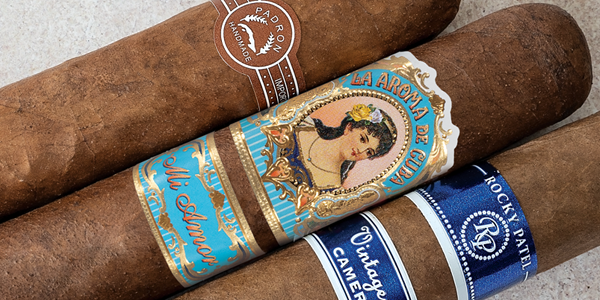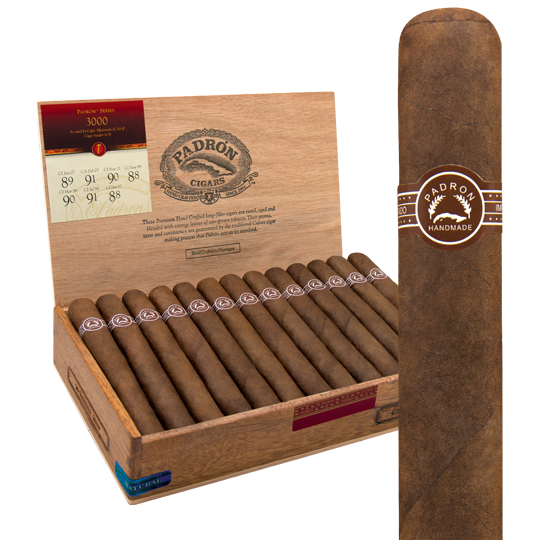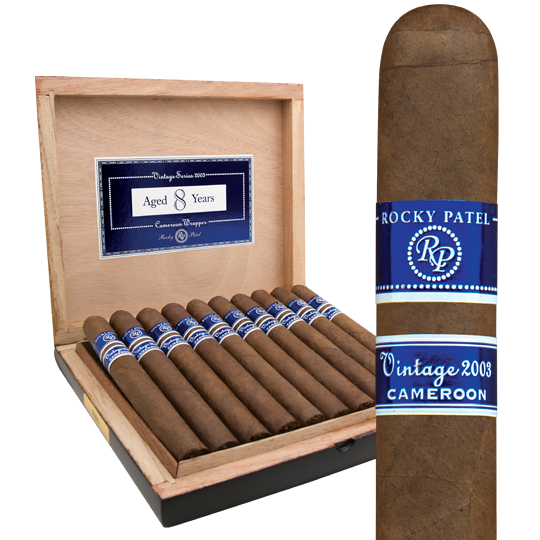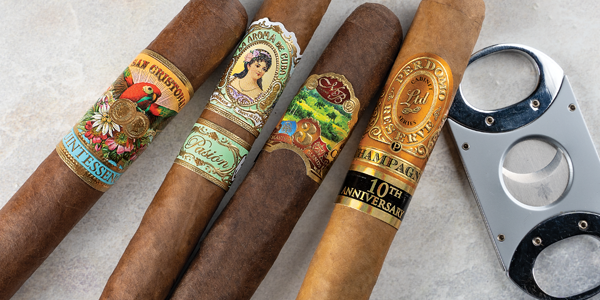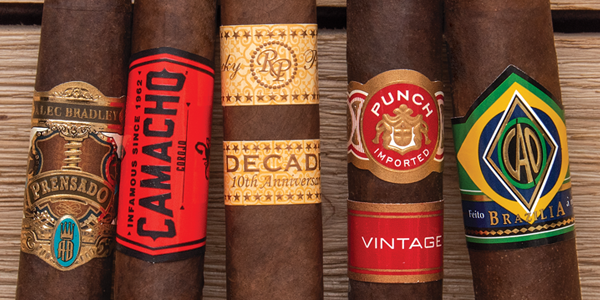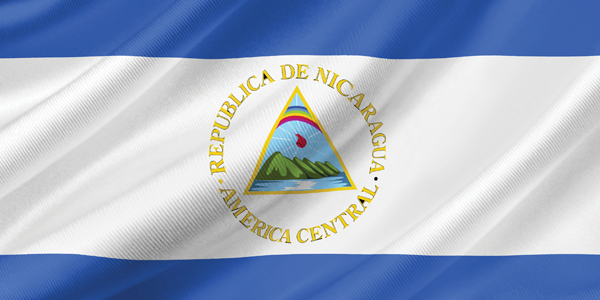Honduras vs. Nicaragua Cigars
For years and years, the Dominican Republic (DR) was the number one exporter of premium cigars. Today, Nicaragua holds the top spot with the DR in second place, and Honduras in third. Beyond making high-quality premium cigars, the cigar industries in the three countries share the same roots. The Cuban diaspora of the 1960s saw the island’s cigar-makers flee with the knowledge, and sometimes the tobacco seeds, to plant themselves in countries where they could restart their businesses.
Exports Are Up
In November of 2020, Nicaragua remained the overall leader with 16.6 million cigars sent out that month, but neighboring Honduras saw the largest gains in exports year-over-year, nearly doubling to 8.6 million cigars. The two nations share not only a land border and a history of political unrest, but also the tradition of making generally full-bodied cigars.
Honduras or Nicaragua?
An oft-repeated belief is that Honduran cigars are stronger than Nicaraguan cigars. The reality is a little more complicated. In the modern cigar industry, tobacco moves with great facility among nations and winds up in cigars made, well, anywhere. (Only Cuban cigars are limited, for many reasons, to using tobacco grown only in the country where they are made.) The power of a cigar depends entirely on the blend chosen by the cigar-maker and not the country in which the cigar is made. To be clear, the country in which the cigar is made, and not the origins of the tobacco in the cigar, determine the designation of where it’s from. Many of the best Nicaraguan cigars are blended with Cuban-seed wrappers grown in Ecuador, for example.
While the most productive tobacco-growing areas of both Honduras and Nicaragua straddle the border between the two, each country’s tobacco has distinctive characteristics.
Honduran Tobacco
Honduras has an indigenous, wild tobacco called Copaneco. This was not a particularly good tobacco and the cigars made from it were crude. When Cuban seeds were introduced in the early 1960s, the quality of Honduran-grown tobacco improved significantly. While tobacco is still grown and cigars are still made in the north of the country, around Santa Rosa de Copán (hence Copaneco), the larger production today is in the southern Jamastran Valley, along the border with Nicaragua.
The main types of tobacco grown in the region are Connecticut Shade and Corojo Shade, but a lot of Cuban-seed sun-grown filler is also cultivated.
Nicaragua Tobacco
Nicaragua’s main tobacco-producing region is in the north of the country, near the towns of Estelí and Condega. Estelí is also the country’s principal cigar-making city. The two towns are surrounded by volcanic soil, which produces some flavorful Cuban-seed tobacco. To the north and east, you’ll find the premium tobacco fields of Nicaragua in the Jalapa Valley, the qualities of which reminded many Cuban refugee cigar-makers of their homeland.
Estelí, Condega, and Jalapa comprise three of the four main tobacco regions of Nicaragua. The fourth is on the island of Ometepe in the very large Lake Nicaragua. The soil there is volcanic and is known to give the tobacco grown there a sweet, earthy flavor.
The Cigars
As mentioned, tobacco travels, and leaf grown in one country easily ends up in cigars made anywhere. Perhaps a good way to understand a little bit about the characteristics of Honduran and Nicaraguan cigars is to taste a puro from each country. A puro is a cigar made entirely – or purely – of tobacco from only one country. There are some very pleasant examples from both countries.
Honduran Puros
The Punch Gran Puro is distinctive among Honduran-grown tobaccos. The tobacco for this cigar is grown near the Guatemalan border, so you’ll be getting a very specific experience of what that soil produces in terms of flavor. This is a medium-full blend that delivers a great balance of earthy and spicy flavor with notes of cedar, oak, leather, and black pepper in the finish. The Santa Rita is a chubby Robusto, 4.5 x 52, that goes for about $6. This cigar has been on Cigar Aficionado’s Top 25 list a couple of times.
Nicaraguan Puros
It’s hard to go wrong with Padrón when choosing a Nicaraguan example of a puro. The first one to try, in my estimation, is from the original Padrón line, the #3000. This is a 5.5 x 52 Toro, about $7, that is box-pressed with a dark, natural wrapper that is not too oily. This medium-full cigar has well-aged tobaccos that supply earthiness, and a complex mix of cedar, nuts, leather, and cocoa, and even hints of stone fruit. This will give you a very good idea of what Nicaragua tastes like.
Hecho En…
For cigars made in Honduras and Nicaragua, as you can probably tell from the export numbers reported here, there are a lot of choices. Here are just two I like and recommend. There are many more great ones to also consider.
Cigars Made in Honduras
I really enjoy the Rocky Patel Vintage 2003 in a Churchill, 7 x 48, about $10. This was a ‘Top 25’ cigar for Cigar Aficionado in 2017 and has only gotten more complex resting in the humidor. True to the Honduran reputation of power, this is a medium-full cigar with a lot of wood, spice, and leather notes. The filler and binder are Honduran and the wrapper is from Cameroon, Africa. The binder and wrapper are aged eight years. The construction and burn have been excellent.
Cigars Made in Nicaragua
Another of my favorite blends – and also one that was number two on the ‘Top 25’ list in 2011 and appeared again on the list in 2019 – is the La Aroma de Cuba Mi Amor. I especially enjoy the 7 x 50 Churchill, which goes for just over $8. This medium-full cigar is sharply box-pressed in Nicaragua by the Garcia family with Nicaraguan binder and filler tobaccos surrounded by a chocolate-hued Mexican San Andrés wrapper. The combination of Nicaragua and Mexico here is impressive, revealing almonds, cocoa, spices, and black pepper with hints of black cherry floating in. The finish is a bit sweet. This is a cigar to smoke and remember.

